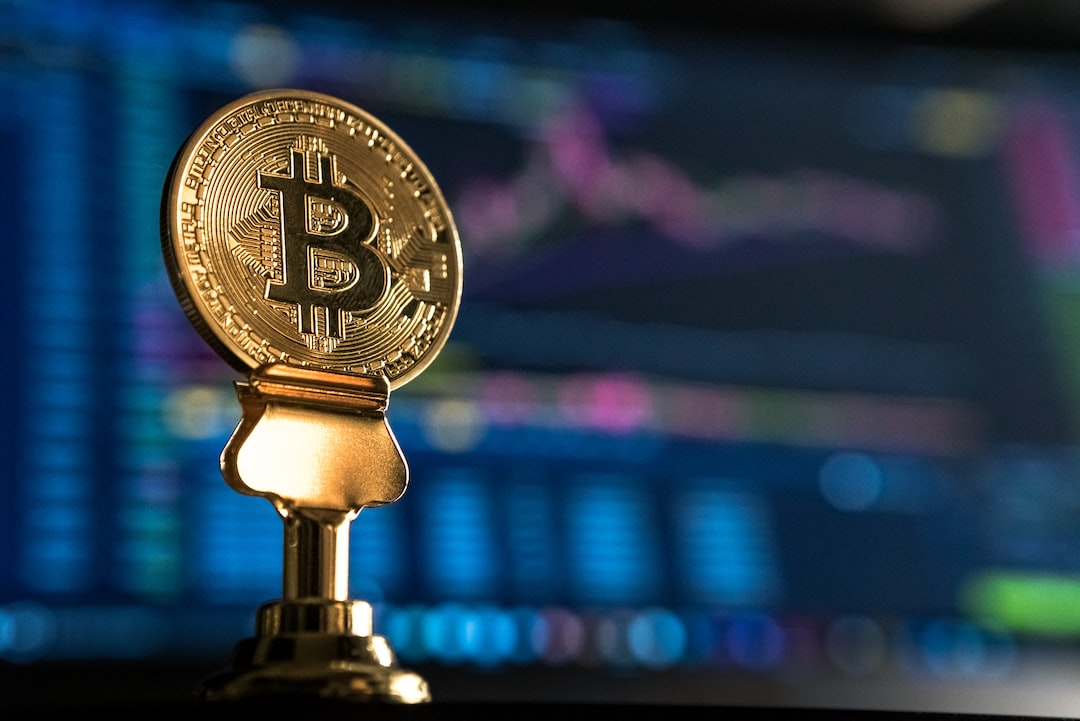The foreign exchange (forex) market is the largest financial market in the world, with a daily trading volume of over $5 trillion. The forex market is open 24 hours a day, five days a week, and is accessible to anyone with an internet connection. The market moves forex through a complex set of factors, including economic indicators, geopolitical events, and market sentiment.
Economic Indicators
Economic indicators are the most important factors that move the forex market. These indicators are released by governments and central banks and provide information about the health of a country’s economy. Economic indicators include gross domestic product (GDP), inflation, employment data, and retail sales.
GDP is the total value of a country’s goods and services produced over a specific period. A higher GDP indicates a stronger economy and can lead to a stronger currency. Inflation is the rate at which the general level of prices for goods and services is rising. A higher inflation rate can lead to a weaker currency because it signals a decrease in purchasing power. Employment data provides information about the number of people employed and the unemployment rate. A higher employment rate can lead to a stronger currency because it indicates a healthy job market. Retail sales data provides information about the amount of money consumers are spending on goods and services. Higher retail sales can lead to a stronger currency because it indicates increased consumer confidence and spending.
Geopolitical Events
Geopolitical events can also move the forex market. These events include political instability, wars, natural disasters, and terrorist attacks. Geopolitical events can cause uncertainty and volatility in the market, which can lead to currency fluctuations. For example, if a country is experiencing political instability, investors may be hesitant to invest in that country’s currency, which can lead to a decrease in the value of the currency.
Market Sentiment
Market sentiment refers to the overall attitude of investors towards a particular currency. Market sentiment is influenced by a variety of factors, including economic indicators, geopolitical events, and news headlines. If investors are optimistic about a currency, they are more likely to buy that currency, which can lead to an increase in the value of the currency. Conversely, if investors are pessimistic about a currency, they are more likely to sell that currency, which can lead to a decrease in the value of the currency.
Technical Analysis
Technical analysis is the study of past market data, primarily price and volume, to identify patterns and make predictions about future price movements. Technical analysts use charts and other tools to identify trends and support and resistance levels. They also use indicators, such as moving averages and relative strength index (RSI), to confirm these trends and identify potential entry and exit points.
Fundamental Analysis
Fundamental analysis is the study of economic, financial, and other qualitative and quantitative factors to make predictions about future price movements. Fundamental analysts look at economic indicators, company financial statements, and other relevant data to determine the intrinsic value of a currency. They then compare this intrinsic value to the current market price to determine whether a currency is undervalued or overvalued.
In conclusion, the forex market moves through a complex set of factors, including economic indicators, geopolitical events, market sentiment, technical analysis, and fundamental analysis. Traders and investors must stay up-to-date on these factors to make informed decisions and profit from the forex market. While the forex market is highly volatile and unpredictable, it also presents opportunities for lucrative investments for those who are willing to take the risk.






